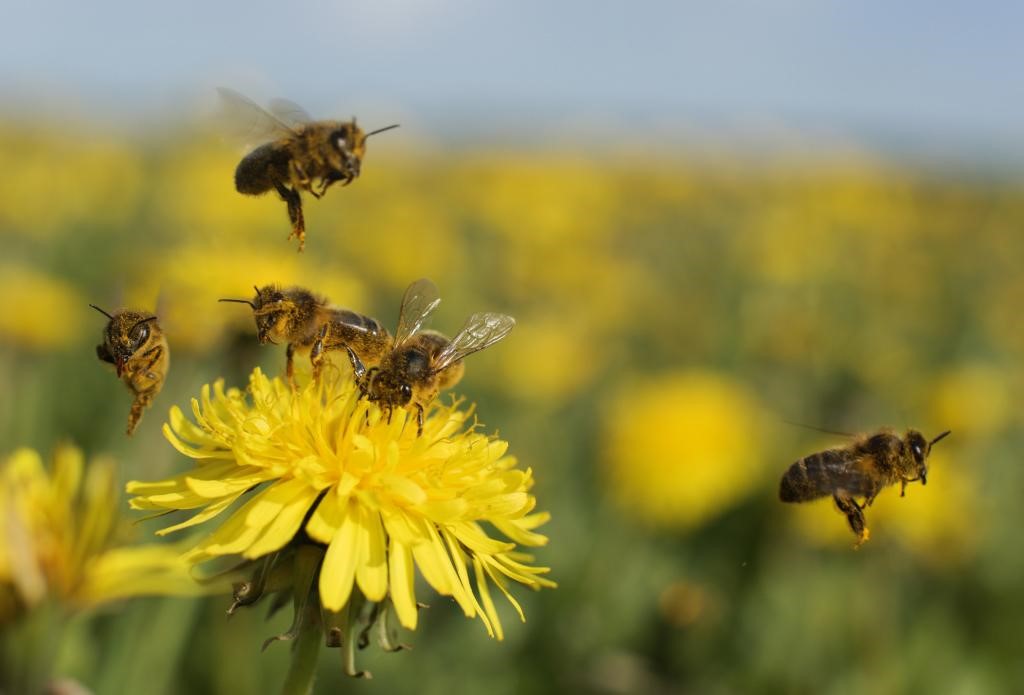Free Courses Sale ends Soon, Get It Now


Free Courses Sale ends Soon, Get It Now



Disclaimer: Copyright infringement not intended.
Context: The United States Department of Agriculture (USDA) has granted a conditional license for a vaccine for honeybees to curb American foulbrood (AFB), a fatal bacterial disease for the insect.
Details:
About the disease:
About the vaccine:
Apiculture market:
Bees in India:
Social life in Apis (Honey Bee) :
Queen:
Drones:
If not fed by the workers, they will die.
They live for about 5 weeks only.
Workers:
Caste Determination:
Importance of Bees in the Ecosystem:
© 2024 iasgyan. All right reserved